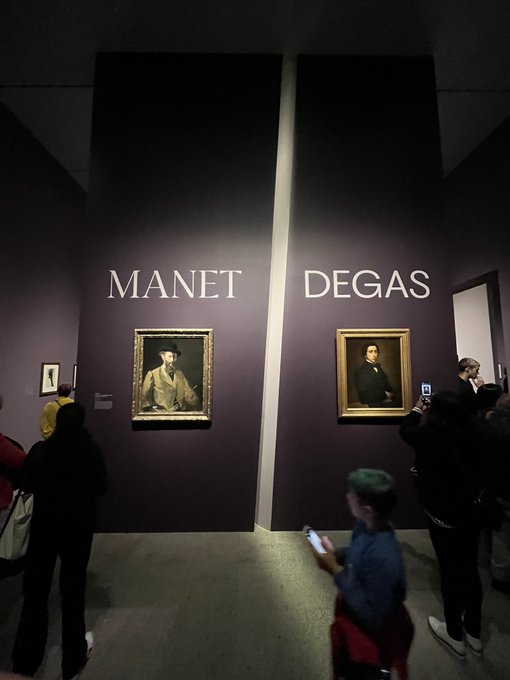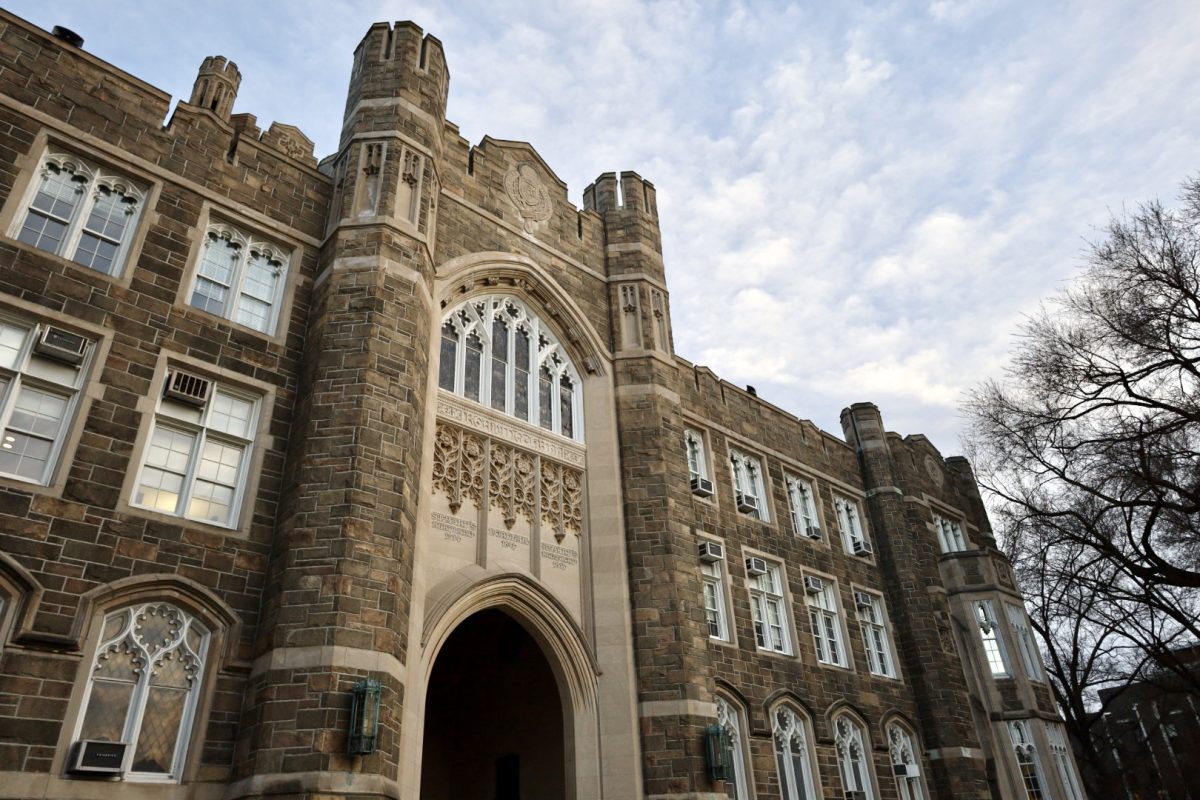The ethereal, emotional and euphoric experience of going to the Met for the first time is something I cannot easily express into words. Given the opportunity to experience the relationship between two remarkable artists makes it even harder. From their command of color to the beautiful use of the famous impressionist brushstroke seen in the likes of Vincent Van Gogh and Claude Monet, Éduoard Manet and Edgar Degas have both captured their essences in the Met’s most recent exhibition dedicated to them. My experience (similar to the overall experience of going to the Met) was beautiful, confusing and overwhelming all mixed into one.
Although art has not ever been my forté, I have always had a big love for impressionist paintings. For many, Van Gogh, Monet and Camille Pissaro stand in the pantheon of the many great artists in history. The Met’s exhibit wishes to add Manet and Degas to that list as it details the rivalry, passion and inspiration between them. In this exhibit, Manet, known for his paintings of urban life, was given the opportunity to showcase some stunning paintings dealing with life at sea. I found the most notable Manet piece to be “boating” as it showed a beautiful tribute to the style of Monet, someone whom Manet often spent his summers with, and perfectly captures the calm and peaceful nature of the leisurely life at sea.
Although Manet’s paintings of life at sea were beautiful, Degas’s “The Entry of the Crusaders into Constantinople, after Delacroix” immediately struck my eye and was my favorite from the collection. The hauntingly dimmed down red shows a great contrast between the subtle dull seafoam in the body of water in the background. I felt Degas’s brushstrokes were rough but concentrated and intentional. Out of all the seemingly more important works, that was one of the ones that stood in solus. The painting emitted such a powerful amount of relatability in the moment, as it brought out the same feeling as the exhibit’s achilles heel is the crowded environment in such a small space.
I understand that the Met is one of the most famous museums in the world, however, the exhibit was exhausting to get to, as it should be noted that there is a virtual queue you have to register for when arriving at the museum. It gives some comfort that the Met has so many interesting exhibits to check out whilst the digital line counter slowly runs out, however, the exhibits one could see during that aforementioned wait time are arguably a better use of your time.
There are a lot of positives in my experience, as I did find that the exhibit gave an equal amount of attention to both Manet and Degas, doing a great job of highlighting both artists as individuals, but also giving context to how they coexisted and the importance of having both of them in the same space not only because they were both impressionist painters. The entrance was a room split into two different pathways, one side focusing on Manet, the other Degas. The room’s layout showed that the relationship between the two, although separated and fragmented, was a unity of some sorts. The small exhibit looped around and so you would be able to circle from Manet to Degas or vice versa. Besides the collection, there was a beautiful exhibit of other impressionist painters and it was extremely close to the Manet/Degas exhibit.
The Met’s exhibit showcasing Éduoard Manet and Edgar Degas was a beautiful mess. Although it was crowded, small and, quite frankly, the impressionist art exhibit right down the hall ultimately left a bigger impression on me, I would still recommend going. Sometimes you find that one painting that just leaves you standing there asking “what does this mean?” and not caring about the effort it took to get there because you enjoy it. I learned a lot about Manet and Degas while checking out the exhibit, but I also learned that art can be as complicated as the relationship Manet and Degas had.







































































































































































































